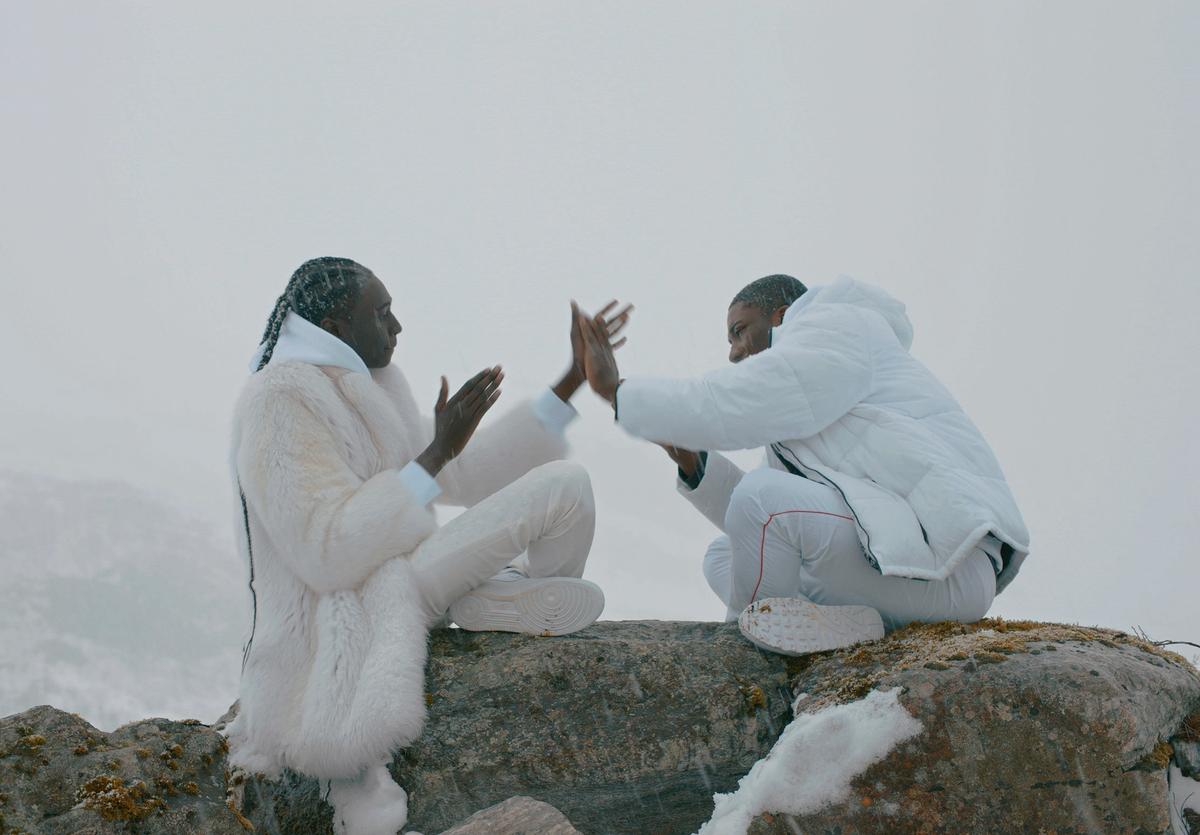Christine Riding, a curator at the National Gallery in London, first met Kehinde Wiley in 2017. At the time he had a show of seascapes, In Search of the Miraculous, at Stephen Friedman Gallery, and she was working at the Royal Museums Greenwich, for whom she acquired his allegorical painting Ship of Fools (2017). The pair ended up having a chat over a pint in the Trafalgar Tavern about the ideas running through his head, and it became clear that he was not done with marine art. Four years on they have collaborated on the American artist’s first exhibition with a major UK museum. Kehinde Wiley: the Prelude will unpick the pictorial conventions of Western landscapes and seascapes, humankind’s relationship with nature, and issues such as the migrant crisis and climate change.
The day before she moved to the National Gallery, Riding arranged to meet up with Wiley for a stroll around the museum’s permanent collection. "What really shone through was that he both admires and seeks to challenge these artists," she says. "He admires their traditions and the power of their compositions, their skill and their imagination. But equally, he critiques the cultures and the societies, and the prejudices locked into them."

Production photo from on location filming in Haiti for Narrenschiff (2017)
The exhibition will comprise a six-channel film shot in Haiti and Norway, and five paintings inspired by the epic scenes of Romantic artists such as Caspar David Friedrich and Winslow Homer. Building on his show at Stephen Friedman Gallery, Wiley is exploring notions of the sublime and the transcendental, with a particular focus on mountains and oceans. In one section of the film, Black men and women appear in stark glacial settings, overwhelmed by whiteness so dominant it is part of the landscape; in others, they are at one with nature. The exhibition takes its name from William Wordsworth’s great autobiographical poem and riffs on the Romantic trope of the wanderer—traditionally a white male, with his back to the viewer, gazing out over the land in search of spiritual connection.
Wiley's works will be displayed slap-bang in the middle of the National Gallery, surrounded by historical portraits, landscapes and seascapes. The artist is best known for his own portraits—pastiches of Old Masters—and rather than a departure from those, Riding sees this new series as a development. "The people who feature have a presence and are identified," she says. "They’re part of the process and intimately connected with the works"—works that reinterpret artistic and poetic traditions and in doing so comment incisively on some of today’s most pressing issues.
• Kehinde Wiley: the Prelude, National Gallery, London, 10 December-18 April 2022


